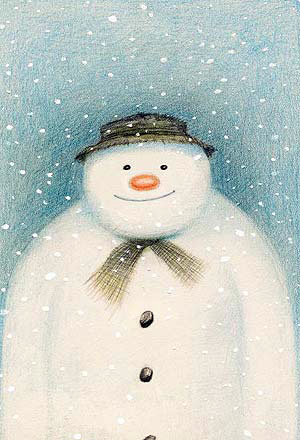
I love my new riding boots, but I sort of adore this enormous shopping bag. When am I ever going to land another J. Crew bag this size?
But it serves absolutely no practical purpose, so I’m documenting it before I put it to better use.
I’m going to go through my closet for clothes and shoes I don’t wear anymore and use the bag to carry them up to Grand Army Plaza later this month. The Council on the Environment of New York City and the Grand Army Plaza Greenmarket will be collecting used clothing, footwear, and household linens on behalf of Goodwill. The program is called Second Chance Saturdays. Textiles can be dropped off at the Greenmarket from 8-4 every Saturday until the end of March.


